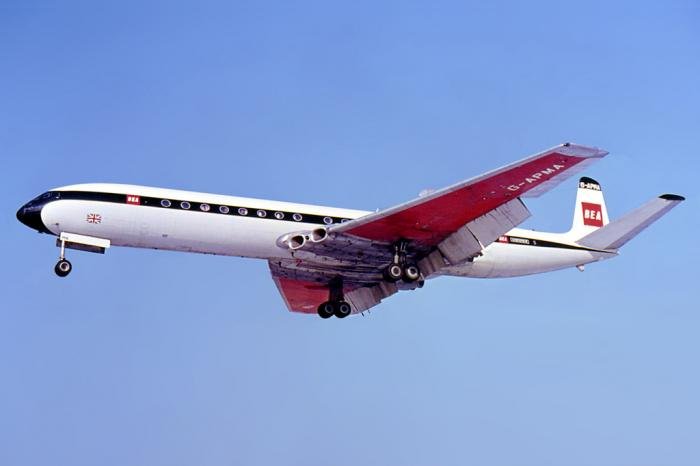Taking its design from the world’s first operational jet airliner, October 2, 1969 saw the first flight of a maritime patrol aircraft that would be in service for over 40 years
Hawker Siddeley became the successors of de Havilland in 1963. Already, de Havilland had developed and manufactured the world’s first commercial jet airliner: the DH. 106 Comet. Having been in the air since 1949, the Comet was clearly a success for the company despite its eventual performance issues. On June 4, 1964, the British Government issued a specification seeking a replacement for the Avro Shackleton, an ageing maritime patrol aircraft being used by the Royal Air Force. After much interest and extensive consideration, on February 2, 1965, Prime Minister Harold Wilson announced the decision to order Hawker Siddeley’s proposed aircraft. This aeroplane would be the maritime patrol version of the de Havilland Comet: the Nimrod.

It may have been based on the DH. 106 Comet, but that isn’t to say the Nimrod didn’t go through massive changes during its development. The changes aimed to improve its reliability and adapt it to the needs of the British-issued specification. Features were added to the fuselage in order to adapt the aircraft to its maritime patrol role, with an extended nose for radar, an internal weapons bay and a new tail being just some of the alterations it went through to differentiate it from its civil airliner cousin.
Where the Comet had four turbojet engines, the Nimrod was installed with four Rolls-Royce Spey turbofans to increase fuel efficiency. They were one of the Nimrod’s defining features: as the aircraft’s weight decreased with the consumption of fuel, up to two of the engines could be shut down as a result, allowing the remaining engines to operate more efficiently. Additionally, the two hydraulic systems on board the aeroplane were designed to be powered only by the two inside engines which would always be running in flight. When the development was finished, the first of the Nimrods entered service on October 2, 1969.

Throughout the lifespan of the Hawker Siddeley Nimrod there were three variants developed and released. First to be introduced was the Nimrod R1 in 1974: its primary function was to act as a signals intelligence aircraft for the Royal Air Force. The second variation was the Nimrod AEW3. The AEW3 was a planned airborne early warning aircraft (AEW), which intended to provide radar cover for the air defence of the United Kingdom. However, its development was cancelled in 1986 after the British government decided to review the AEW programme. Last to be developed was the Nimrod MRA4. Its primary intention? To replace the original Hawker Siddeley Nimrod as a maritime patrol aircraft.
The Nimrod’s operational history spanned the Cold War era, the Falklands War, the Gulf War and Afghanistan and Iraq War. It saw a total of 37 years of operational service before it was finally retired from active service in 2011. The well-loved aircraft received a final ceremony commemorating its contributions to the Royal Air Force. A 700-strong audience of both serving and retired RAF personnel attended the ceremony, which saw parades by two flights of the Nimrod accompanied by the Band of the Royal Air Force Regiment. On this, its final day of flying, RAF Waddington Station Commander was watching. “There’s a touch of sadness, but a sense of great pride,” he said. “The Nimrod has delivered a fantastic service to the RAF… it’s a fitting way to say farewell.”


